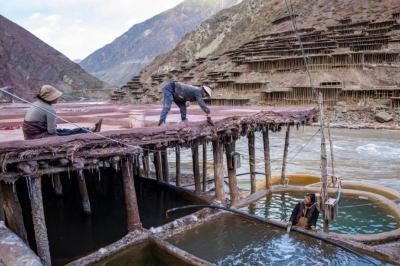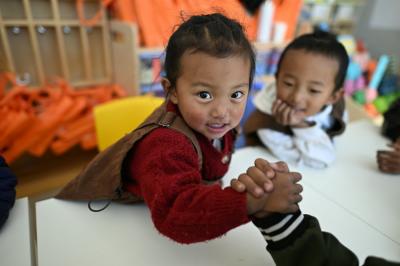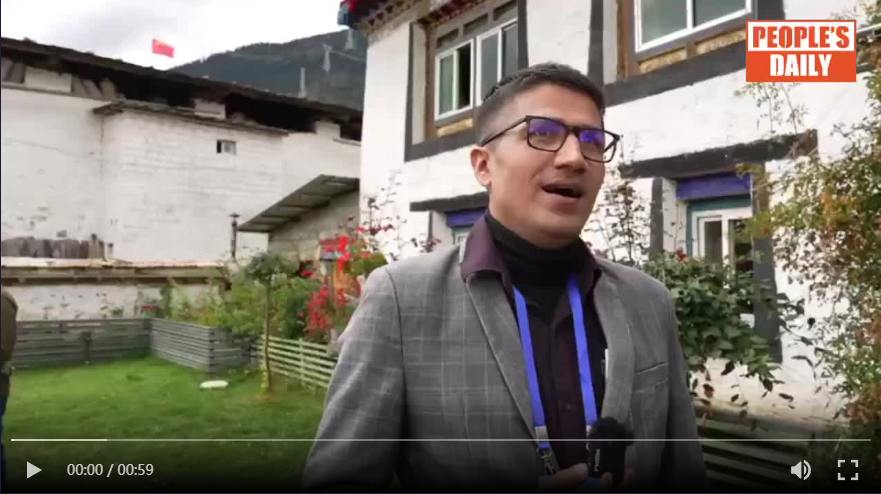| Dec. 14, 2018 -- Safeguarding people's livelihood is a responsibility and a bottom line for building a harmonious society; improving people's livelihood is a goal and a dynamic process for realizing people's well-being.
Since the 40 years of Reform and Opening-up, the central government has held 6 central symposium on work in Tibet, formulated special preferential policies for different period, which has greatly developed Tibet's social productive forces, improved local people's living conditions, and promoted prosperity and stability of the region. Over the past 40 years, with the gradual improvement of livelihood security systems and the steady enhancement of people's living standard in Tibet, local relevant departments have implemented poverty alleviation program to ensure all the people sharing the achievements of development. Investment in fields of people's livelihood has been continuously increased. Over the past 40 years, the region's financial expenditure has gradually tilted towards livelihood fields. Local government has increased support of education, science and technology, sanitation, social security, as well as ecological environment construction to achieve the equalization of basic public services. In 2017, the 8 expenditures related to people's livelihood have reached 139.924 billion yuan (about202 billion US dollars), and people's livelihood expenditure accounted for 79.1% of the total local fiscal expenditure. Improvement of people's livelihood has been persistently developed. Since the reform and opening up, Tibet Party Committee and the government have further established the strategic position of priority on education, regarded education as the first livelihood project and put forward a series of policies to provide educational security for every child. At present, Tibet has established an all-round, multi-level and full-coverage education aid system of higher education, team-based and vocational education, etc. Tibet has built a medical and health service system covering urban and rural areas to promote medical system construction of agricultural and pastoral areas, too. In addition, the living area of urban and rural residents has been continuously expanded. At the end of 2017, the per capita residential building area of urban and rural has been respectively reached 28.6㎡ and 33.9 ㎡. Poverty alleviation program has been steadily advanced. As the only provincial-level poverty-stricken area in China, Tibet has faced severe challenges such as weak foundation and wide area in the process of poverty alleviation. Through establishing cards for archives, local government accurately identified the targets of poverty alleviation, and innovated poverty alleviation models including "cooperatives + competent person + poor households" and "Party branch + competent person + poor households" to reduce local poverty rate. |
- Home
- News Tibet |Exclusive |China |World |Related News |Latest
- Documents White Papers |Others
- Photo Politics |Economy & Society |Culture & Religion |Human & Nature |Beautiful Tibet |Other Tibetan-Inhabited Area |Exchanges |Related
- Video News |Documentary |Micro-Video |Entertainment
- Art
- Tourism
- In Focus
- About Tibet






